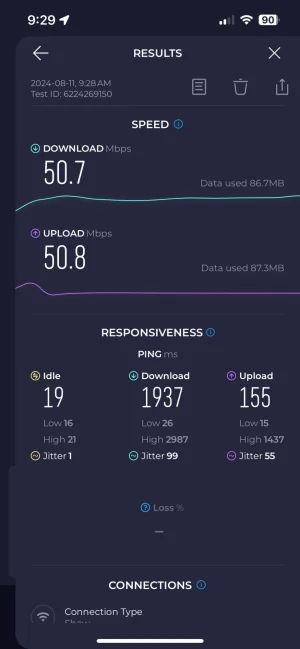Or more precisely not all of the wires in an Ethernet cable are used. The spares can supply up to 56V so you might have an out door camera that talks over Ethernet but also needs power of course.
So you have:
Camera <--> Ethernet cable with power <--> PoE adaptor goes to wall plug to get 56V and has another Ethernet connection to go to your router.
There's also power line PoE. My Logitech cameras used this. Unit plugs into wall to get AC power and sends it up Ethernet cable to camera. Network messages are modulated onto the power line and near the router or switch another power line module grabs that Ethernet messaging and sends it into the router onto your local network.
One of my Logitech power supply units failed. I replaced it with a PoE device and then ran cable to it.
View attachment 50637
Where the PoE over power line is handy is when you can't get an ethernet cable out to somewhere but you have power line. The problem is the various power line are not compatible and tend to interfere with each other.
Back in 2000 I worked for a UK company called nSine. It died when the tech bubble crashed but we did have MP4 video playing over power line and at the same time lamp/switch controls. The biggest problem was the American Companies didn't want to play ball and come up with a single Carrier that could handle different companies encrypted data and each company tended to destroy the other's data stream.
The other problem, more serious too was that power line only really handles RF frequencies from 3 to 30 MHz. And that pops it right on top of the 10MHz HAM radio band. So to follow world wide regulations signal power levels weren't allowed above a certain noise limit. Which meant PC power supplies and other switching power supplies that injected noise onto the power line also interfered with the signal. The company tried hard to get the regulations changed so that equipment plugged in had to not emit higher than one level but power line communications could emit at a higher level but still low enough so a house didn't become a giant interference source for radio communications.
Ultimately WiFi and ZigBee and BlueTooth became the go to solution.





